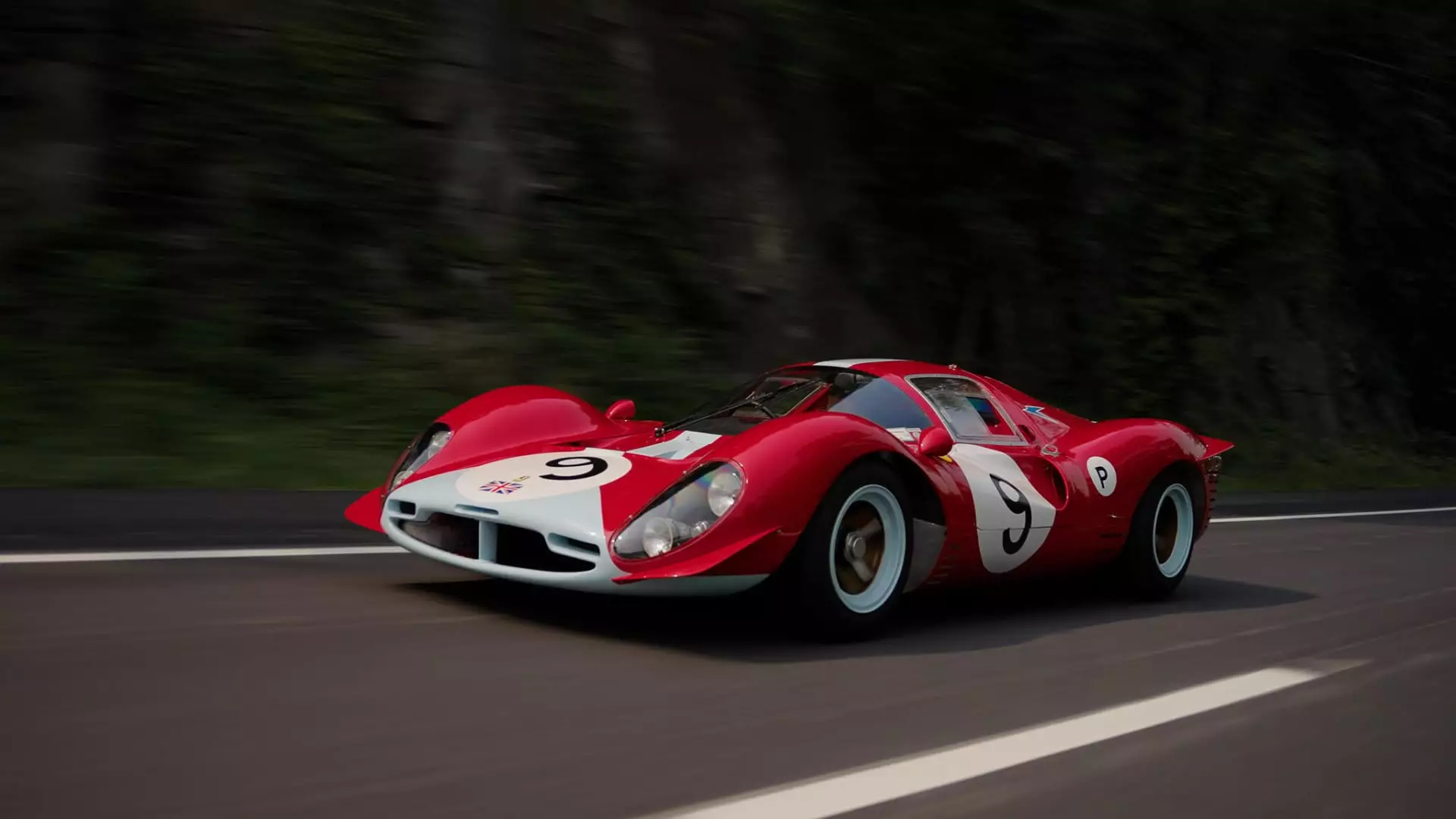During last week’s Monterey Car Week, the classic-car market experienced signs of slowing down. Although the total sales for the auctions reached $397 million, making it the second-highest total ever recorded, it was a 16% drop from the previous year’s record-breaking total of $473 million. This decline, combined with high-profile disappointments on the auction block, suggests that inflation, higher interest rates, and volatile financial markets are putting the brakes on the classic-car market.
Classic cars have underperformed as collectible assets in 2023, with values falling 7% while other assets like art have seen a 12% increase. According to Hagerty, the classic-car insurance company, the cooling market observed over the past 15 months has finally impacted the Monterey auctions. The higher end of the market is experiencing increased discipline, weakened demand from new collectors, and higher prices that have given pause to buyers. It seems that buyers are becoming more cautious and selective in their purchases.
The rise of online auction sites is adding to the pressure on live classic-car auctions. Platforms like Bring a Trailer have become popular alternatives to traditional sales events like Monterey. In fact, Bring a Trailer reported sales reaching $841 million in the first half of 2023. Last year, total online collector-car auctions generated around $1.9 billion, slightly below the $2.4 billion from live auctions, as reported by Hagerty. The convenience and accessibility of online auctions may be drawing buyers away from the live auction scene.
One of the most telling signs of weakness at Monterey Car Week is the sell-through rate, which refers to the percentage of cars that sold for their reserve price or minimum bid. This year’s sell-through rate dropped to 68%, down from 78% the previous year, indicating that nearly a third of the auctioned cars failed to sell at their minimum price. This decline in the sell-through rate highlights the challenging market conditions and the cautious attitude of buyers.
Several high-profile cars failed to meet expectations on the auction block at Monterey. One notable example is the 1964 Ferrari 250 LM auctioned by RM Sotheby’s. The car, expected to sell for $18-20 million, only received a highest bid of $17 million, below the reserve price. Another disappointment was the 1960 Ferrari California Spyder, which did not sell at auction despite a highest bid of $8.25 million. These auction flops suggest that sellers’ expectations may be out of touch with the current market conditions.
The most expensive car sold at Monterey was a 1967 Ferrari 412P, which fetched $30.25 million. While this price makes it the fourth most expensive Ferrari ever sold, it fell below the expected sales price of over $40 million. Bidding for the car was also not as competitive as anticipated, indicating a slowdown in the top end of the market. Slowing prices for Ferrari prototype racecars from the 1960s are further evidence of a weakening market.
Experts suggest that the classic-car market, including events like Monterey Car Week, may be suffering from an oversupply of cars, auctions, and venues. Older collectors, primarily from the baby boomer generation, are starting to sell their entire collections as they age. It remains unclear if the new wave of younger collectors has the same appetite for classic cars or if they prefer more modern vehicles from the 1990s and 2000s. The abundance of options in the market could be diluting demand and impacting auction results.
Three of the most expensive cars sold at Monterey Car Week were:
– 1967 Ferrari 412P: Sold for $30.25 million by Bonhams. The 412P was the customer version of Ferrari’s famous 330 P3 and P4 race cars. Only four of these models were ever built, and this particular car was the second off the factory line.
– 1957 Jaguar XKSS: Sold for $13.2 million by RM Sotheby’s. The XKSS was converted from a race car after Jaguar withdrew from racing in 1956. With only 16 remaining, these cars are highly sought-after in the classic-car world.
– 1962 Ferrari 250 GT SWB Berlinetta: Sold for $9.5 million by Gooding & Company. This Berlinetta achieved victories at Le Mans and Sebring, making it a highly coveted classic car. The car’s original condition, without any major restorations, adds to its rarity and value.
Monterey Car Week reflected the current challenges facing the classic-car market. The slowdown in sales, high-profile disappointments, and declining sell-through rate indicate that the market is cooling down. Factors such as inflation, higher interest rates, volatile financial markets, competition from online auctions, and an oversupply of cars may be contributing to these challenging conditions. However, the market continues to attract buyers with exceptional cars fetching significant sums. The future of the classic-car market depends on the ability to adapt to changing preferences and market dynamics, catering to the next generation of collectors.


Leave a Reply